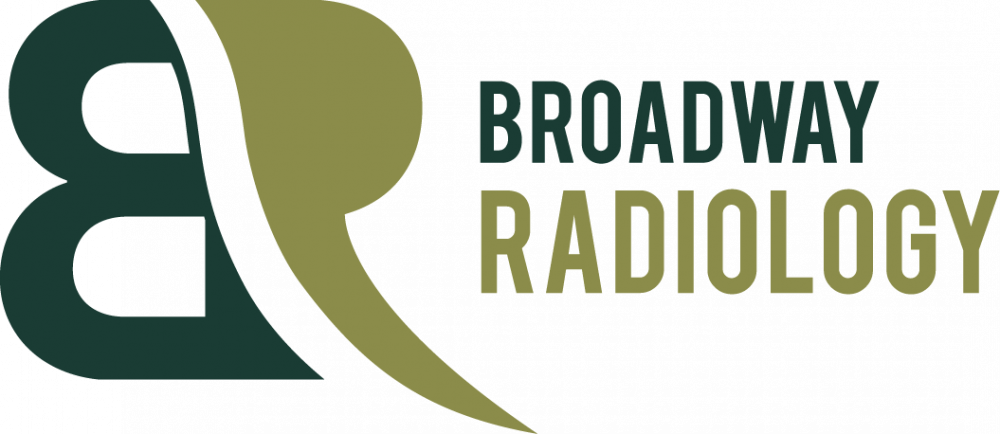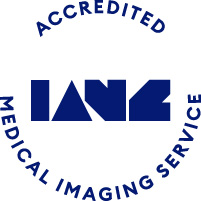There are a number of other procedures performed at our clinics which are outlined below.
MR Enterography
MR enterography uses an magnetic resonance imaging (MRI) scanner to produce detailed images of the small intestine. This is a non-invasive medical test that helps physicians diagnose medical conditions in the abdomen such as:
- Crohn's disease and other inflammatory bowel diseases
- tumours
- inflammation
- bleeding sources and vascular abnormalities
- abscess and fistula
- bowel obstruction

Biopsy
This involves sampling a tiny piece of tissue to examine it under the microscope to establish a precise diagnosis.
When an area of the body differs from an expected appearance on imaging (such as x-ray, ultrasound, CT) it is not always possible to give an exact diagnosis, so a biopsy may be used to sample the tissue - for example in the breast, thyroid and liver. Ultrasound, CT or MRI is used by the Radiologist to accurately guide to the area to be sampled, a biopsy is performed using a hollow needle, and the specimen sent for laboratory testing.
Breast Hookwire
Mammography pictures sometimes show an abnormality in the breast that cannot be felt. If the abnormality is to be surgically removed, it may be necessary to place a fine wire, called a hookwire, in the breast with its tip at the site of interest. This acts as a marker during surgery and enables the surgeon to remove the correct area of breast tissue.








